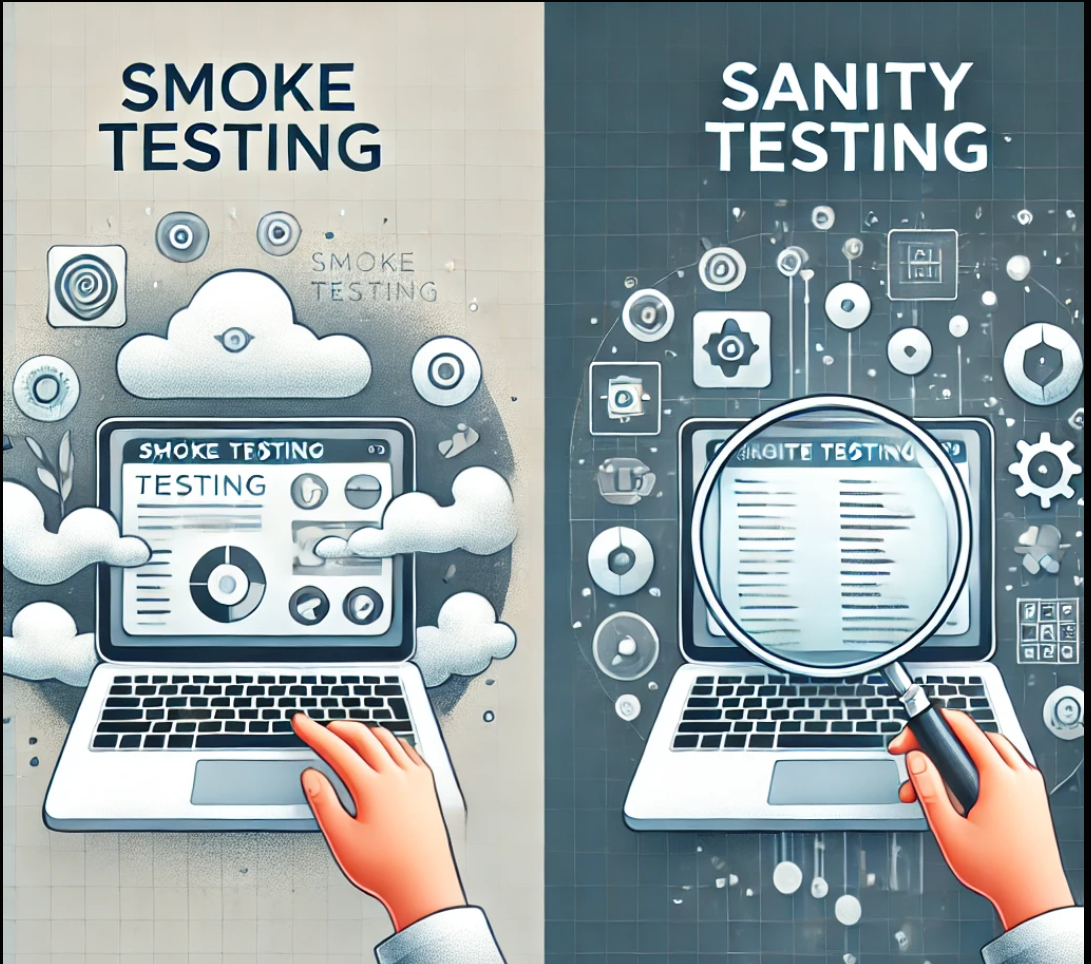
The Software Development Life Cycle (SDLC) is a step-by-step process used to design, develop, and test software. It helps developers and companies create high-quality software in a structured way, ensuring that the final product meets user needs and works efficiently. Let’s break down the stages of the SDLC in simple, easy-to-understand terms.

1. Planning
In this stage, the development team and stakeholders discuss what the software needs to do. The main goal here is to understand the requirements of the customer or user and figure out the project’s timeline and budget. Think of this stage as creating a blueprint for the project.
Key activities:
- Understanding the purpose of the software.
- Setting timelines and budgets.
- Gathering requirements from stakeholders.
2. Requirement Analysis
This is where the team looks closely at what features and functions the software should have. Developers, testers, and customers discuss specific needs, such as how the software should behave and what problems it should solve. All of this information is written down clearly, so everyone knows what the final product should look like.
Key activities:
- Defining clear and detailed requirements.
- Ensuring no important detail is missed.
3. Design
In the design phase, the focus is on how the software will look and work. It’s like creating the architecture of a building before construction. The developers decide on the structure of the software, including how data will flow, how the user interface (UI) will look, and what technologies to use.
Key activities:
- Creating diagrams and blueprints for the software.
- Designing the database, user interface, and system architecture.
4. Development (Coding)
Once the design is ready, it’s time to start building the software. Developers write the actual code that will make the software work. This is usually the longest phase of the SDLC. Coding is done based on the design and requirements gathered earlier.
Key activities:
- Writing code in programming languages (such as Java, Python, etc.).
- Creating the software’s functions and features.
5. Testing
After the software is built, it is tested to ensure it works correctly. This phase helps find and fix any bugs or issues. The testers run different scenarios to check if the software meets the requirements and if it performs well under various conditions.
Key activities:
- Testing the software for bugs and errors.
- Verifying that all features work as expected.
6. Deployment
Once the software passes the testing phase, it’s ready to be delivered to the customer or launched in the market. The deployment phase is where the software is installed on the user’s system or made available online.
Key activities:
- Releasing the software for use.
- Setting up user guides and support.
7. Maintenance
After deployment, the work isn’t over. The software may need updates, fixes, or new features over time. Maintenance involves monitoring the software, fixing bugs that may appear after release, and making improvements based on user feedback.
Key activities:
- Fixing bugs or issues that arise after launch.
- Updating the software with new features or improvements.
We hope you enjoyed our article on SDLC! Understanding this process can help you better appreciate the journey of software development. If you have any questions or want to learn more, feel free to reach out. Happy learning!

